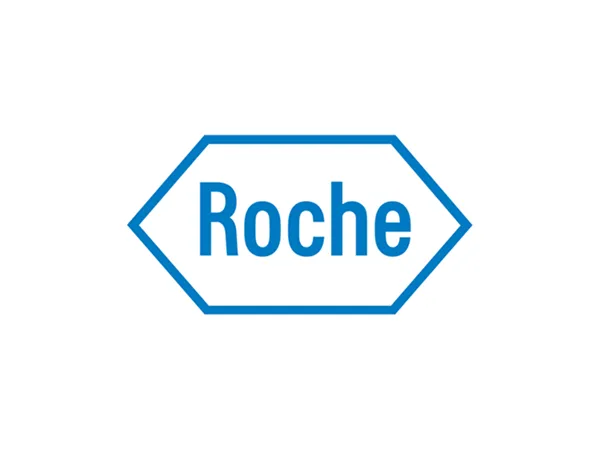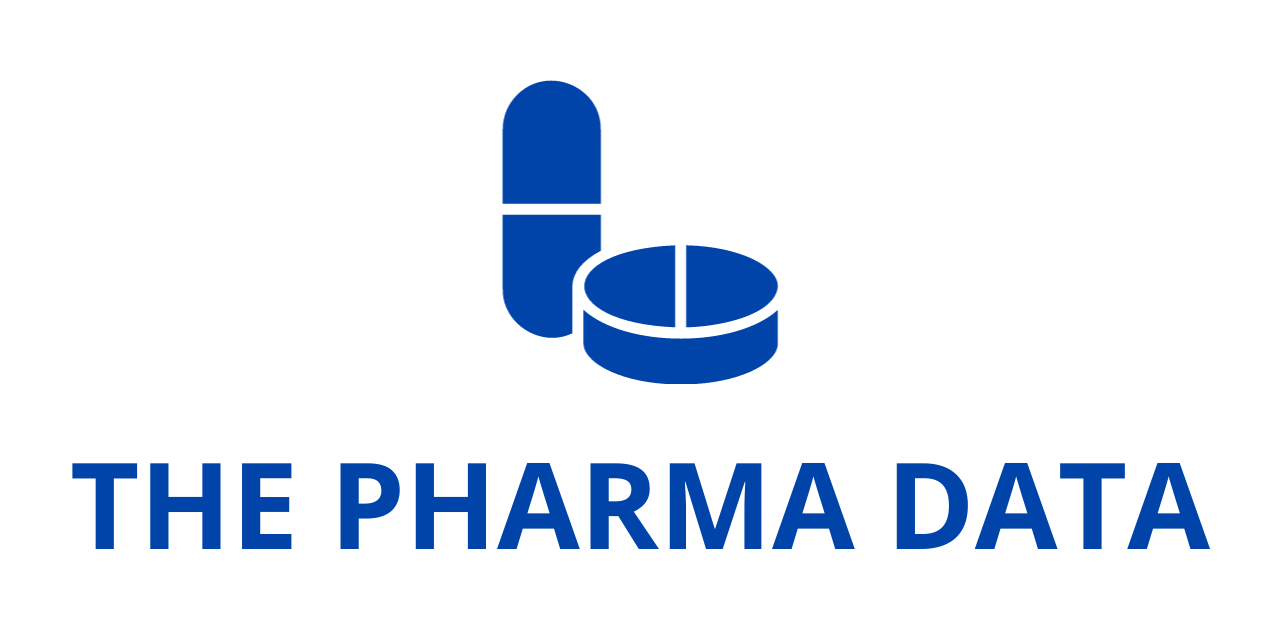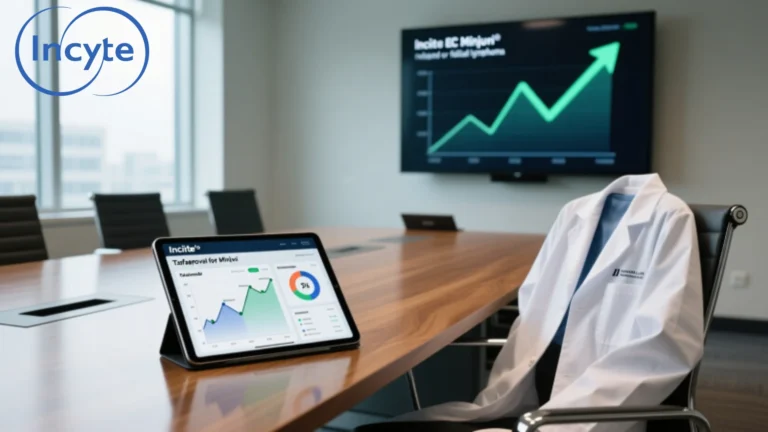
Roche Showcases Breakthrough Sequencing by Expansion (SBX) Technology and Sets New GUINNESS WORLD RECORD™ at ASHG 2025
Roche (SIX: RO, ROG; OTCQX: RHHBY) unveiled a series of groundbreaking advancements in its Sequencing by Expansion (SBX) technology during the American Society of Human Genetics (ASHG) 2025 Annual Meeting in Boston, USA. Only months after its official introduction, the SBX platform is already generating excitement across the genomics community for its unprecedented combination of speed, flexibility, and long-read capability, which could significantly expand the scope of genomic and clinical research applications.
“These advances reflect the strong momentum behind our innovative sequencing technology and its potential to transform genomic research and clinical applications,” said Matt Sause, CEO of Roche Diagnostics. “By combining high throughput, speed, and longer read lengths, the SBX technology has the potential to enable research and applications that were previously not feasible. Our collaborations with institutions such as the Broad Institute and the Wellcome Sanger Institute demonstrate the immense potential of SBX to address some of biology’s biggest challenges.”
Breaking a GUINNESS WORLD RECORD™
Roche’s SBX technology achieved global recognition when it played a key role in breaking a GUINNESS WORLD RECORD™ for the fastest DNA sequencing technique ever recorded. This historic achievement was led by Broad Clinical Labs, which successfully sequenced a complete human genome—from sample preparation to final variant call file (VCF)—in under four hours. The milestone, achieved in collaboration with Roche Sequencing Solutions and Boston Children’s Hospital, shattered the previous record of five hours and two minutes.
“Breaking the GUINNESS WORLD RECORD™ is a remarkable achievement,” said Mark Kokoris, inventor of the SBX chemistry and Head of SBX Technology at Roche. “But the real breakthrough lies in what this speed and accuracy mean for the scientific community. The ability to sequence genomes faster and more precisely could redefine how we diagnose and study complex diseases such as cancer and neurodegenerative disorders.”
This accomplishment not only highlights the technical excellence of SBX but also underlines Roche’s role as a driving force in the evolution of next-generation sequencing (NGS) technologies. By delivering faster, longer, and more reliable reads, SBX provides researchers with the tools to conduct deeper analyses of the human genome—potentially accelerating discoveries that lead to improved diagnostics and therapeutics.
Expanding Global Collaborations
At ASHG 2025, Roche announced a new strategic collaboration with the Wellcome Sanger Institute, one of the world’s leading genomics research organizations. The partnership will involve a multi-project evaluation of the SBX platform across various applications, including Bulk RNA sequencing—a technique used to measure gene expression at the tissue level. The goal is to determine how SBX’s long reads and high throughput capabilities can help identify previously undetectable transcript isoforms and improve understanding of complex gene regulation.

The collaboration with the Wellcome Sanger Institute complements Roche’s growing network of partnerships, which already includes Hartwig Medical Foundation, Genentech, The University of Tokyo, and the Broad Institute. Earlier this year, Roche and the Broad Institute announced a collaboration to pilot novel SBX-driven research applications, further underscoring the technology’s potential impact across global genomics ecosystems.
These partnerships illustrate Roche’s commitment to collaborative innovation, leveraging academic, clinical, and industry expertise to accelerate the translation of cutting-edge sequencing technologies into real-world biomedical discoveries.
Pioneering Advances in Methylation Mapping with SBX-Duplex
Beyond traditional DNA sequencing, Roche is also exploring how SBX can revolutionize epigenetic analysis. One of the company’s most exciting developments is the SBX-Duplex workflow, which links both strands of a DNA molecule into a single read. When combined with TET-assisted pyridine borane sequencing (TAPS)—a methylation mapping technology being developed by Watchmaker Genomics—this approach offers a high-fidelity, intra-molecular consensus method for detecting methylation marks with exceptional precision.
DNA methylation plays a vital role in gene regulation, acting as a biological switch that can turn genes on or off. Accurately mapping these modifications is essential for understanding mechanisms underlying diseases such as cancer, autoimmune disorders, and neurodegeneration. The SBX-Duplex + TAPS workflow enables researchers to explore epigenetic biomarkers and cancer-associated methylation signatures with greater efficiency and depth, particularly in liquid biopsy applications where sample availability is limited.
Advancing Spatial Sequencing and Target Enrichment
Another highlight from Roche’s ASHG 2025 presentations was the use of SBX technology in spatial sequencing, a cutting-edge approach that allows scientists to study gene expression patterns within tissue samples. Researchers from The University of Tokyo, working in collaboration with Roche, successfully applied SBX to analyze banked lung cancer tissue samples, generating approximately 15 billion reads in just one hour. This rapid throughput enabled detailed, high-resolution mapping of cellular activity within the tumor microenvironment, offering valuable insights into how cancer cells interact with surrounding tissues.
Roche also demonstrated innovations in target enrichment using the SBX-Simplex workflow, which incorporates Unique Molecular Identifiers (UMIs) to ensure accuracy even from low-input samples. This approach is particularly beneficial for oncology research, where extremely deep sequencing coverage is often required to detect rare mutations or subclonal variations.
Together, these advancements position SBX as a versatile platform capable of addressing diverse research needs—from whole-genome sequencing and transcriptomics to epigenomics and spatial biology.
Shaping the Future of Multiomics Research
The examples presented at ASHG 2025 underscore the multiomics potential of Roche’s SBX technology. By integrating rapid sequencing speed, long-read capability, and adaptable workflows, SBX empowers scientists to explore the interconnected layers of biological information—genetic, transcriptional, and epigenetic—that drive disease biology.
With its growing network of collaborations, record-breaking performance, and expanding range of validated applications, Roche’s SBX technology is rapidly emerging as a new frontier in sequencing innovation. As the company continues to refine and scale the platform, SBX is poised to transform both fundamental research and clinical genomics, setting new standards for accuracy, speed, and data richness in the genomic era.





